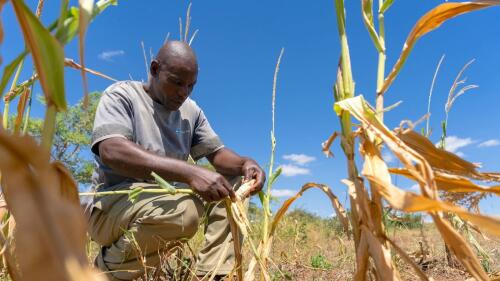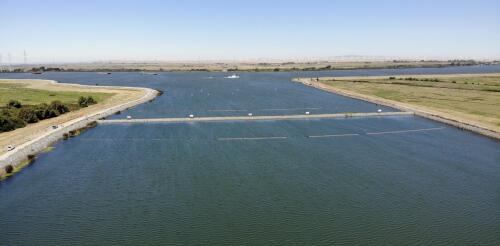Drought
Modern buildings tend to take electricity and air conditioning for granted. They often have glass facades and windows that can’t be opened. And when the power goes out for days in the middle of a heat wave, as the Houston area experienced in July 2024 after Hurricane Beryl, these buildings can become unbearable. Yet, for millennia, civilizations knew how to shelter humans in hot and dry climates. As an architectural designer and researcher studying urban resilience, I have examined many of the techniques and the lessons these ancient civilizations can offer for living in hotter and drier conditions. With global temperatures rising, studies show that dangerously hot summers like those in 2023 and 2024 will become increasingly common, and intense storms might result in more power outages. To prepare for an even hotter future, designers today could learn from the past. Sumerians: Keeping cool together The Sumerians lived about 6,000 years ago in a hot and dry climate that...
Climate change is threatening America’s water infrastructure as intensifying storms deluge communities and droughts dry up freshwater supplies in regions that aren’t prepared. Severe storms that swept through the South in April 2024 illustrated some of the risks: In New Orleans, rain fell much faster as the city’s pumps could remove it. A water line broke during the storm near Hattiesburg, Mississippi. Other communities faced power outages and advisories to boil water for safety before using it. We study infrastructure resilience and sustainability and see a crisis growing, particularly in the U.S. Southeast, where aging water supply systems and stormwater infrastructure are leaving more communities at risk as weather becomes more extreme. Neighborhoods across the New Orleans area flooded on April 10 as the region’s pumps couldn’t keep up with the rainfall. Credit: Reed Timmer. To find the best solutions and b...
Esnart Chongani boils five small pumpkins over firewood outside her home in Makoka, a village in Zambia’s Chongwe District, not far from the capital, Lusaka. She tests to make sure they’re tender, drains the water, which she will save for later, and then carefully divides them into 12 portions as her family sits down for lunch. It’s a healthy dish, but there’s scarcely enough to go around, and this is the only meal any of them will eat today. Chongani, 76, isn’t used to rationing. She’s the proud owner of a seven-acre farm that she has worked on for decades. Ordinarily, her family harvests more than two tons of maize in April. But this year, southern Africa was hit by its worst mid-season dry spell in over a century, and for the first time in her life, they have harvested nothing. “I cannot remember anything like this,” says Chongani. “People are so hungry they are stealing food. The generosity o...
The Rio Grande is one of the longest rivers in North America, running some 1,900 miles (3,060 kilometers) from the Colorado Rockies southeast to the Gulf of Mexico. It provides fresh water for seven U.S. and Mexican states, and forms the border between Texas and Mexico, where it is known as the Río Bravo del Norte. The river’s English and Spanish names mean, respectively, “large” and “rough.” But viewed from the Zaragoza International Bridge, which connects the cities of El Paso, Texas, and Ciudad Juárez, Mexico, what was once mighty is now a dry riverbed, lined ominously with barbed wire. The Rio Grande is one of the largest rivers in the southwest U.S. and northern Mexico. Because of drought and overuse, sections of the river frequently run dry. Kmusser/Wikipedia, CC BY-SA In the U.S., people often think of the Rio Grande mainly as a political border that f...
Seawater intrusion is the movement of saline water from the ocean or estuaries into freshwater systems. The seawater that has crept up the Mississippi River in the summer and early fall of 2023 is a reminder that coastal communities teeter in a fragile land-sea balance. Fresh water is essential for drinking, irrigation and healthy ecosystems. When seawater moves inland, the salt it contains can wreak havoc on farmlands, ecosystems, lives and livelihoods. I am a coastal hydrogeologist and have studied water across the land-sea interface for 25 years. I think of seawater intrusion as being like a seesaw: The place where fresh water and salt water meet is the balance point between forces from land and forces from the sea. A push from the land side, such as heavy rainfall or high river flows, moves the balance point seaward. A push from the sea side – whether it’s sea-level rise, storm surge or high tides – moves the balance point landward. Droughts or heavy us...




